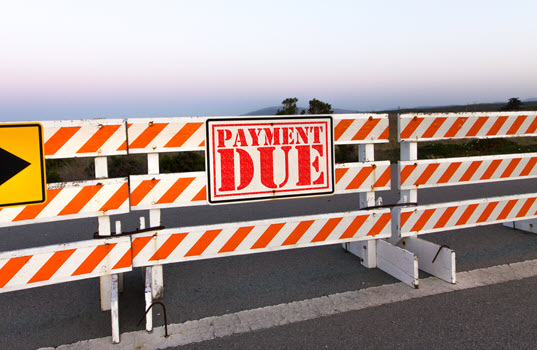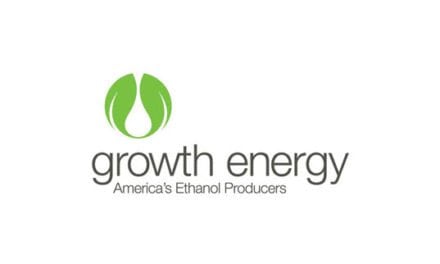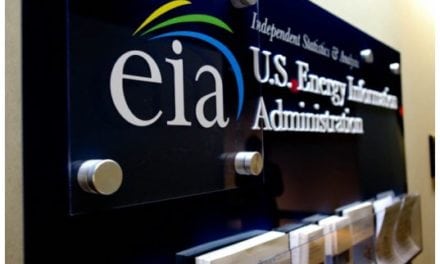“Fueled for Thought,” By Joe O’Brien, Source North America
Although the major trucking association is all on board, several petroleum marketing associations have voiced opposition to federal fuel tax increases that would be used to fund infrastructure improvements. Uneasy with the proposed 25-cent increase, the groups suggest customers might spend less on higher-profit non-fuel items and motorists would choose to drive to neighboring states with lower fuel prices if the tax increase is approved.
While these are valid concerns and challenges that may have to be addressed, tax-increase objections may be overshadowing the value improved roadways could bring to the retail fuel industry in the long term. With that in mind, here are a few observations for your consideration.
Economic Impact
When evaluating the effects (good and bad) a 25-cent tax increase might produce for retail fuel, having awareness of a few related factors that influence the ultimate outcome helps bring the bigger picture into focus.
For background, consider this historical context:
- The United States federal excise tax on gasoline was last increased in 1993. It is currently 18.4 cents per gallon (cpg) for gasoline (24.4 cpg for diesel). If the tax had been indexed for inflation, the rate today would be over 30 cpg for gasoline.
- The average fuel efficiency of passenger cars has improved from 28.4 miles per gallon (mpg) for Model Year 1993 to 37.7 mpg for Model Year 2016, a 33% improvement.
- Since 1993, U.S. motor gasoline consumption has increased by 25%.
- Since 1993, Vehicle Miles Traveled (VMT) has increased by 38%.
- In 2018, fuel prices increased 13.7% and in-store sales increased 2.2% ($242.2 billion).
- The federal government is not even close to seriously proposing a viable alternative source of funding for roads and infrastructure.
Since the last fuel tax increase, most of us are getting to our destinations in cars with better fuel economy. And, collectively, we are driving more and we are buying more gasoline. Last year, fuel prices increased, and yet C-stores reached record in-store sales.
Are the increased fuel sales a result of the average motorist making more trips? Maybe. Is it because there are more drivers on the road? Absolutely. That notwithstanding, a 2017 NACS Survey about how gas prices affect consumer behavior suggests another reason why driving has increased. More than 40% of Americans surveyed said they drive more because of either a new job, a second job or a longer commute. The survey analysis takes this observation one step further: “In looking at the results, consumers are essentially saying that a low unemployment rate affects miles driven more than low gas prices.”
Make no mistake – the NACS survey data doesn’t automatically imply motorists would travel the same amount or maintain their in-store purchases if gas prices were to increase because of higher motor fuel taxes. But it does remind us there are other factors besides price that impact consumer behavior. It also begins to illustrate the interdependent relationship between roads and the economy. Presumably, new infrastructure projects would create more jobs, and lead to more commuters hitting the road, which may result in increased sales. Another economic benefit? A Civil & Structural Engineer article reports that transportation improvements may decrease freight delivery times: “If truck drivers can reach their destinations more quickly, they can make more runs in their daily shifts, increasing their efficiency.”
More Time & Money?
Until autonomous vehicles take over, driving looks to remain a big part of the American experience. But for many Americans that experience is an unpleasant chore. Crumbling infrastructure leads to emergency road repairs. Emergency road repairs results in untimely lane closures and increased traffic congestion. Increased traffic congestion wastes fuel and time.
While the fuel retailing and C-store sector is wary of higher motor fuel taxes, the same can’t be said for their commercial fleet customers. American Trucking Associations reports that commuters waste an average of 42 hours sitting in traffic and that American drivers lose an average of $1,600 in vehicle damage and wasted gas sitting in traffic per year.
In a statement on behalf of ATA to the House Subcommittee on Select Revenue Measures, House Committee on Ways and Means, 2nd Vice Chair Barbara Windsor said that an increase in the fuel tax — with the additional revenue invested in projects and programs that address national highway infrastructure needs — is by far the best way to ensure sufficient funding for highway projects over the near term.
“With collection costs at just 0.2 percent of revenue, no alternative funding schemes can match the efficiency or equitability of the federal fuel tax,” said Windsor, who is President and CEO of Hahn Transportation, based in New Market, Maryland. She noted that it was a superior solution to highway funding schemes like tolling, vehicle miles traveled taxes or public-private partnerships that the association contends do not stand up to the criteria for viable highway funding and provide a minimal return on the highway user’s investment.
ATA has such a focus on the costs of poor infrastructure that it recently launched a new media and advocacy campaign highlighting the impact of the nation’s deteriorating infrastructure and renewing the trucking industry’s demand that the federal government step up its investment.
The federal administration has expressed that it favors a gas tax increase of 25 cents. If American drivers buy an average of 11 gallons a week (572 gallons a year) at $2.72 a gallon (the average price in 2018), they spent $1,559 in gas in 2018. If the federal gas tax increases 25 cents and all other variables remain the same, their annual fuel bill would increase to $1,699, an extra $140 a year (about $12 a month). It’s not an insignificant amount of money, especially if you’re fueling multiple vehicles. But compared to the $1,600 we are potentially losing on wasted gas and vehicle damage per year, funding a future that reduces thousands of dollars in financial losses might be worth a closer look.
“The dismal state of our nation’s roads and bridges forces the average commuter to waste 42 hours a year sitting in traffic,” said ATA President and CEO Chris Spear. “Between time lost and the $1600 in vehicle damage and wasted gas the average American is saddled with, we are no longer at the brink – we are living in a crisis situation.”
Conclusion
Getting back to retailers, how would motorists spend the extra time and money they recouped if they weren’t sitting in traffic? Of course nobody can predict with any certainty, but it’s nice to imagine them possibly having more time to browse for goods or take advantage of services offered at their local C-store.
Time and convenience are fundamental pain points for C-store customers. Although the financial impact of a tax increase and improved roads must be weighed, the degree to which infrastructure improvements could increase the amount of free time motorists have cannot be ignored. And conversely, the retail fuel and C-store industry should contemplate a future with worse traffic and less leisure time. If traffic continues to squeeze time from consumers’ daily lives, will they be more motivated to try a cashierless store, a mobile convenience store or a fuel delivery service?
Any industry that depends on vehicles as the backbone of its business model should probably consider supporting the funding of infrastructure improvements, especially since increased federal gas taxes are probably just a matter of time whether we like it or not. But the actual matter of the timing of an increase IS something the retail fuel industry should be concerned about. A poorly timed increase could significantly escalate a negative response from consumers. It will be easier for most customers to adjust to price increases during a time when both fuel prices and the economy are relatively stable. (According to data from the U.S. Energy Information Administration, the average price of gasoline in the United States has been less than $3 a gallon from November 2014 to April 2019).
Roads will likely get worse before they get better. Increasing the gas tax sooner rather than later may have a bigger positive impact than can be concretely defined at this crossroads.
 Joe O’Brien is Vice President of Marketing at Source™ North America Corporation. He has more than 20 years of experience in the petroleum equipment fuel industry. Contact him at [email protected] or visit sourcena.com to learn more.
Joe O’Brien is Vice President of Marketing at Source™ North America Corporation. He has more than 20 years of experience in the petroleum equipment fuel industry. Contact him at [email protected] or visit sourcena.com to learn more.








